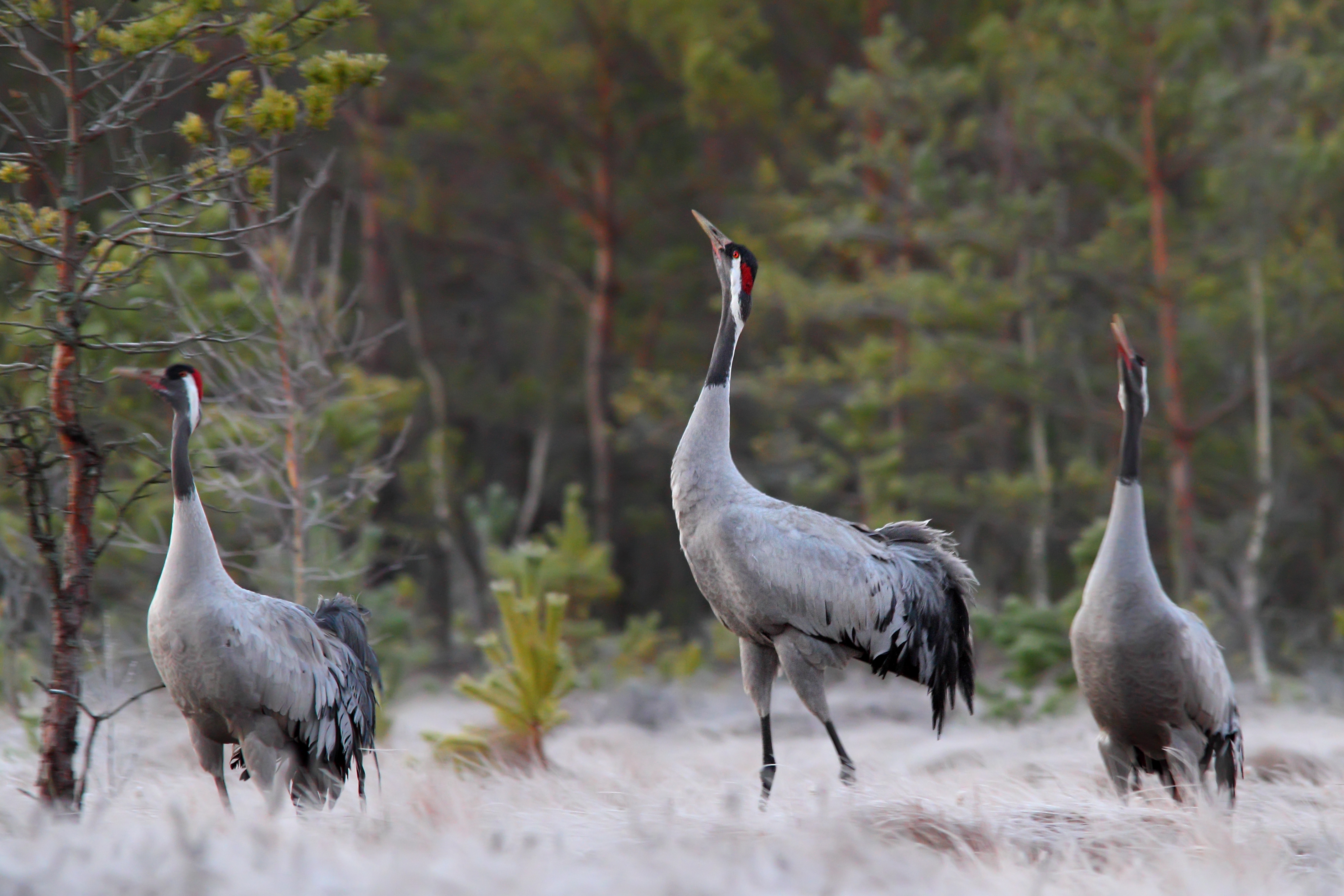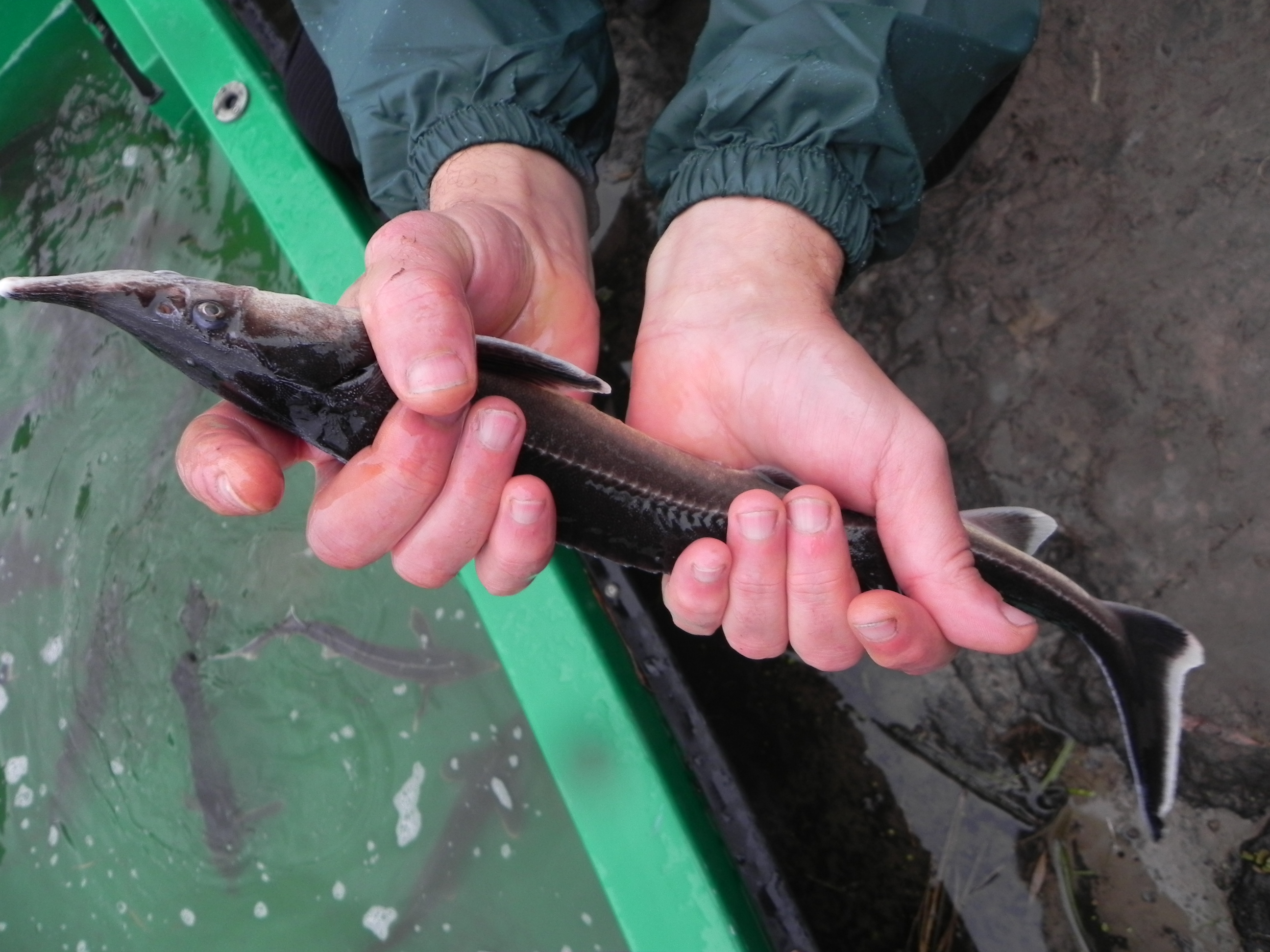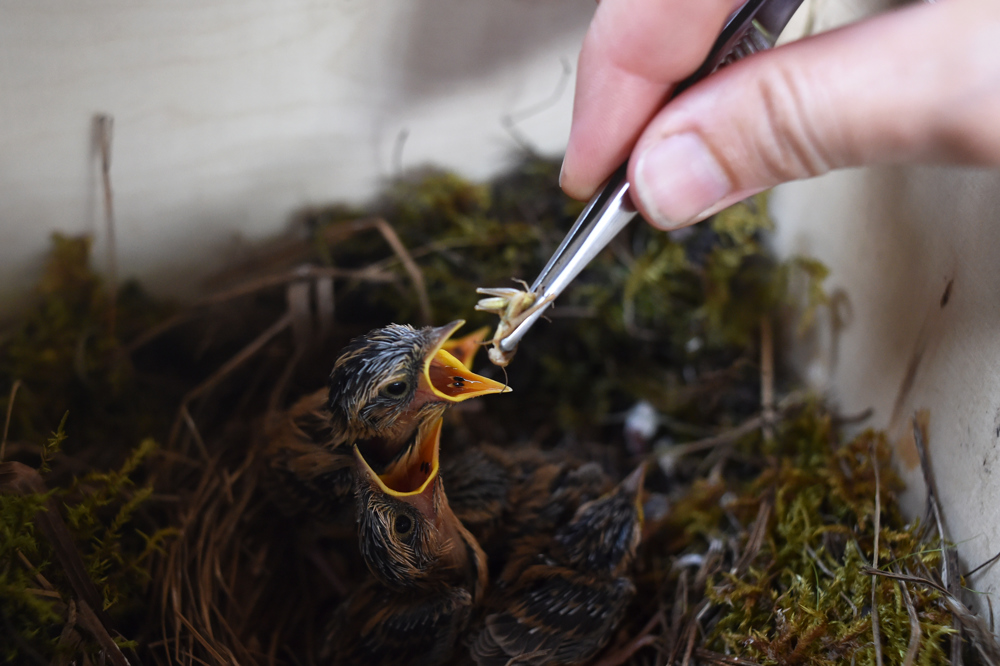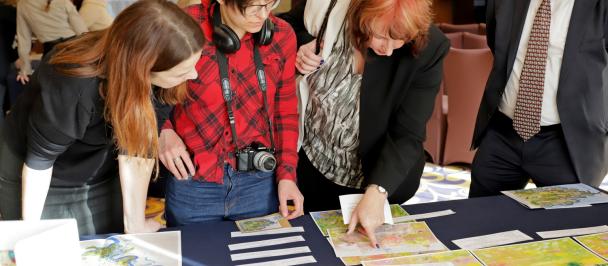UNDP and the GEF offer nature solutions to restore Belarus’ rare and endangered wildlife populations.
UNDP helps Belarus to reintegrate rare and endangered wildlife species
June 2, 2022

Gray cranes
Climate change, degradation of natural ecosystems, over-exploitation of natural resources by humans, military conflicts, environmental pollution and the rapid growth of cities in just a few decades can destroy what has been forming and evolving on Earth for many hundreds of thousands of years.
While the international community recognizes the biodiversity loss as a global challenge for all of humanity, more collaborative efforts are needed to slow down and reverse this process.
Today, about a million species of flora and fauna are on the verge of complete extinction. Many animals and plants may face irreversible extinction in the coming decades. More than 90 percent of marine fish stocks are overfished or rapidly declining. Since 1990, 28.7 million hectares of forests have been lost on our planet.
The UN Convention on Biological Diversity (CBD), which is set to halt and reverse the biodiversity loss and aims to protect at least 30% of the world's ocean and land wildlife by 2030, has become the fundamental document for a joint solution to the global biodiversity crisis.
The Convention also calls for the application of various systemic natural solutions, which include the reintroduction of wild species into their natural habitat, from where they have disappeared down to various reasons or where their population has significantly decreased.

Water spider
Over the past ten years, reintroduction has become one of the most popular natural solutions for biodiversity conservation in the world. The translocation and reintroduction of species into a habitat is rather complex. The success of this undertaking requires close cooperation with national environmental authorities, as well as preliminary detailed scientific expertise, long-term planning and subsequent monitoring of the transferred species.
When organized carefully and science-based, the reintroduction brings a number of obvious advantages not only for the endangered and rare species, but also for ecosystems and humans. One obvious benefit for translocated species is an increase in their number and revitalization of population, as well as a safe and comfortable habitat. Ecosystems benefit because natural connections between species in the ecosystem are restored and the biodiversity of the territory is growing. For humans, it improves ecosystem services offering more opportunities for nature and ecological tourism, agriculture and farming, for example, due to the pollination of fruit plants and vegetable crops.
Through partnership with the Ministry of Natural Resources and Environmental Protection of the Republic of Belarus and financial support from the Global Environment Facility (GEF), UNDP in Belarus has accumulated significant experience in biodiversity conservation, including the reintroduction of species.
Cooperation of UNDP and partners in Belarus facilitated conservation of 86 endangered and rare species, including 9 mammals, 32 birds, 1 reptile, 2 fish, 1 crayfish, 6 clams, 1 leech species, 34 insects.
Since 2010, UNDP, provided with the financial support of the GEF, has reintroduced 9 species of fauna and 2 species of flora into 28 habitats throughout Belarus. The success of the translocation is confirmed by monitoring carried out for 23 populations. UNDP collaborated with the Ministry of Natural Resources and Environmental Protection of the Republic of Belarus and issued passports and security obligations for the restored populations to prepare to move them to the protection provided by owners of land plots and water bodies.
Here we feature five stories of successful reintroduction of endangered and rare species of animals and plants to the natural environment, delivered by UNDP and the Ministry of Natural Resources of the Republic of Belarus with financial support from the GEF.
Sterlet made a comeback to Pripyat River

Sterlet fish is ready to return to Pripyat River in Belarusian Polesie
In October 2010, 700 sterlet fish were released into the Pripyat River in Belarusian Polesie region in the south of the country.
Sterlet is the only species of the sturgeon family found in Belarus’ rivers. In the first half of the 20th century in the Republic, the sterlet was a fairly numerous commercial fish in the Dnieper basin. Pollution of rivers by industrial, agricultural and domestic wastewater, poaching, shallowing of rivers due to land reclamation measures led to a sharp decrease in the number of sterlet in the region. Thus, already in 1981, this species was included in the Red Book of the Republic of Belarus, in category I (CR) – a population of a species numbering very low, or a species that is endangered.
The main goal of the reintroduction of the sterlet to the Pripyat is to restore the abundance of the Dnieper population of this species in the wild.

A year later, UNDP once again reintroduced sterlet into the Pripyat River and released another 700 fish into it.
The Return of the "Blue Flower"

Ladybell (Adenophora liliifolia)
More than 1,000 sprouts of the Red Book plant ladybells (Adenophora liliifolia) were planted in October 2011 in the Republican biological reserve “Sporovsky” in the Berezovsky district of the Brest region. Flower seedlings were grown at V. F. Kuprevich Institute of Experimental Botany of the National Academy of Sciences of Belarus using cell engineering, so by genotype they are completely identical to the plants of this species that once grew on the territory of Belarus.

Students from a school in Berezovsky district participate in the planting of the ladybells in the Sporovsky Nature Reserve
The noble crayfish and rare clam return to Belarus' rivers and lakes

The noble crayfish
In 2019, new populations of globally endangered species were created – noble crayfish and thick shelled river mussel. 200 animals were released in the area of the Neman River basin in the Grodno region. The noble crayfish, which is considered an indicator of purity of water in reservoirs, has almost completely disappeared in Europe.

Release of the noble crayfish into the Litovka river
In Belarus, small populations of this Red Book species can still be found in rivers and lakes, including the Neman River basin, into which the species in question was reintroduced. Among the main threats leading to a decrease in the number of noble crayfish in Belarus are crayfish plague and invasive species of crayfish that can cause this disease; habitat degradation and water pollution; uncontrolled fishing; population fragmentation. In a favorable scenario, the population of noble crayfish in Belarus will have increased significantly by 2030.
Thick shelled river mussel is a rare clam for Belarus and is among poorly explored species.
Researchers from the Scientific and Practical Center of the National Academy of Sciences of Belarus for Biological Resources were lucky to catch 30 mollusks in the wild, which were then reintroduced into the rivers of the Novahrudak region to expand the population range. The thick shelled river mussel translocation was never done before in Belarus.
Saving the Aquatic Warbler

The globally endangered aquatic warbler can rightly be called the most memorable symbol of Belarus' fen mires.
The aquatic warbler, which had lived in abundance in lowland marshlands, fell victim to large-scale drainage of these swamps in the middle of the 20th century, after which the Belarusian bird population decreased by 90%.

Feeding the chick of the Aquatic Warbler on its way to Lithuania.
In 2019, together with Lithuanian ornithologists, a unique experiment was implemented on the transboundary relocation of aquatic warbler chicks from Belarus to Lithuania. As a result, new warbler micro-populations have been created on the territory of Lithuania in the Žuvintas Biosphere Reserve. From 2018 to 2019 one hundred chicks of this species were moved to Lithuania by scientists of the two countries. The fact that more than 20 birds returned to the Lithuanian Žuvintas testifies to the effectiveness of this project. In 2021, it was already within Belarus where the translocation of aquatic warbler chicks was organized. In June, 35 aquatic warbler chicks were transported from the south of Belarus, the Zvanets lowland swamp, to the north – the Servech marshland. The reintroduction of the aquatic warbler in Belarus is the world’s first experience in the reintroduction of this bird species.
Legendary Taurus bulls are back

In 2020, 15 cattle bulls of the Heck breed, relatives of the legendary aurochs, were brought to the Turov region in the floodplain meadows of the Pripyat from the Latvian Kemeri National Park.
These animals, once inhabiting the meadows of the Belarusian Poliesie, now have an important ecological mission. The bulls work like living mowers and help to keep floodplain meadows open throughout the year, thus restoring and conserving habitats favorable to other species, including rare species of migratory birds. Today, the population of Heck cattle in Turov already has about 25 animals.
Successful solutions for the reintroduction of globally endangered and rare species, tested with the support of UNDP, the Ministry of Natural Resources and Environmental Protection of Belarus and the Global Environment Facility, have improved the methodology and technology for carrying out such activities for further application on the territory of Belarus, as well as within the framework of transboundary and regional biodiversity conservation initiatives.

 Locations
Locations




